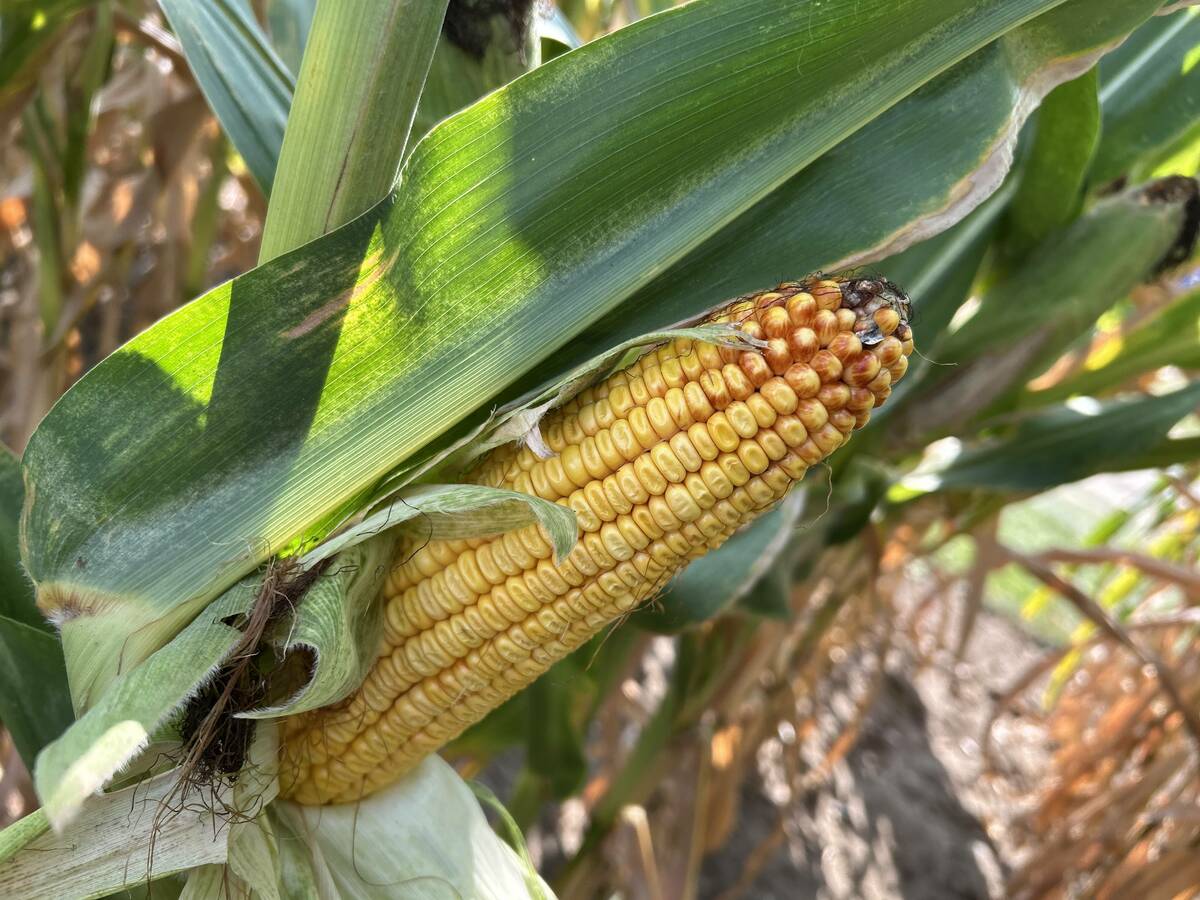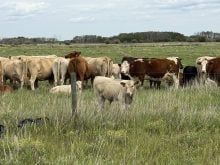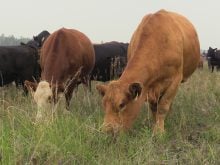This cattle market information is selected from the weekly report from Canfax, a division of the Canadian Cattlemen’s Association. More market information, analysis and statistics are available by becoming a Canfax subscriber by calling 403-275-5110 or at www.canfax.ca.
Friendlier fed market
February has been much friendlier to the cattle feeder compared to last year. In 2020, prices dropped more than $10 from the start to the end of the month, and cash-to-cash basis levels went from +0.75 in January to -7.49 per hundredweight in February. Trading 88 cents per cwt. higher last week, weighted average steer prices set new annual highs and basis levels remained historically strong.
Read Also

Crop estimates show mixed results
Model-based estimates used by Statistics Canada showed the 2025/26 crop year has seen increases in canola, corn for grain, oats and lentils production while seeing dips in spring wheat, durum wheat, soybeans and barley in comparison to 2024/25.
Competition on the cash market was supportive with both major packers getting cattle bought. Dressed sales were reported from $255- $256 per cwt. delivered, and cattle were being scheduled for two to three week delivery.
Since the beginning of the year Alberta fed prices have been trading at a premium to the U.S. market. U.S. feedlot placements in August-September were seven percent larger than last year, while Alberta-Saskatchewan placements were up one percent for those same months. That could explain the premium for the western Canadian market.
Western Canadian steer carcass weights declined 23 pounds to average 913 lb. For early February this ranks as the third largest weight. The two years that were larger occurred in 2019 (920 lb.) and 2016 (926 lb.). This fall and early winter have been ideal for cattle performance with producers reporting some of the best daily weight gains they have ever had. With record breaking low temperatures last week, it was the first real blast of winter to set cattle back and limit weight gains.
Fed cattle that are almost ready for market might not bounce back that quickly, but in general seven to 10 days of cold weather should not have a major impact on carcass weights.
In Ontario, dressed sales were reported at $240 per cwt. delivered, $2-$4 per cwt. stronger than the previous week. Over the past four weeks eastern Canadian fed slaughter has averaged 11,721 head compared to 10,906 head last year. The former Riding Regency plant in Ontario is reportedly scheduled to reopen in early March. This plant has been closed since September 2019.
In the U.S., dressed sales in the north were reported at mostly US$180 per cwt., steady to $2 per cwt. higher than the previous week. Live sales in the south were $114 per cwt., fully steady with the previous week. One major plant in Kansas was idle last week for maintenance but was to resume operations this week.
For the week ending Jan. 30, U.S. beef cow slaughter totalled 66,217 head. For the end of January it was the largest slaughter since 2012. Total U.S. beef exports for December were 12 percent higher than last year. From January to December beef exports were down two percent compared to 2019. Beef imports of December were down eight percent compared to last year.
Bull price rises
Non-fed prices traded unevenly last week with a light offering of slaughter cows trading steady, while butcher bulls rallied $1.82 per cwt. higher to average $101.57 per cwt. D2s averaged $75.60 and D3s averaged $65.13 per cwt.
Dressed cow bids tightened to around $150-$155 per cwt. delivered. A premium was reported for the increasingly scarce large multi-load lots. Alberta slaughter cows traded comparable with Ontario last week as the Ontario market strengthened.
Western Canadian non-fed slaughter for the week ending Feb. 6 was down nine percent from the previous week at 7,020 head and year to date was 10 percent lower totalling 38,421 head. Slaughter cow supplies are expected to tighten, and trim and grind demand remains supportive.
Cold slows auction volume
Frigid temperatures prompted some markets to cancel sales last week and total auction offerings were limited. Light calves less than 500 lb. struggled last week with small lot size of varied quality. Calves heavier than 500 lb. saw prices rally $1-$7 per cwt. higher than the previous week with good demand for bunk replacements and grass cattle.
Large feeders heavier than 700 lb. strengthened $2-$5 per cwt. higher than the previous week. Heifers heavier than 800 lb. continued to get price support as breeding replacements and traded at an $11 per cwt. premium to Ontario. The January-February Canfax Trends report indicates short-keep 850 lb. heifers to place against the July fed market have a modest projected loss of $30.34 per head. They currently provided the lowest feeding risk of all feeder scenarios by a significant margin.
The Feb. 1 Canfax Cattle on Feed reported the largest feeder placement increases were for steer calves less than 600 lb. and steers heavier than 800 lb.
Due to cold weather, auction volumes last week were 22 percent lower than the previous week at 15,428 head and 38 percent below year ago. Year to date, auction volumes were 15 percent larger than the same week last year. Canadian feeder exports to the U.S. for the week ending Jan. 30 slipped 40 percent lower than the previous week to 1,007 head and year to date were down 23 percent at 4,087 head.
Light auction offerings were anticipated this week, but then volumes should rebound. Empty pens continue to haunt feedlot managers, and improved buying interest is expected when temperatures warm.
Cutouts steady to softer
In U.S. beef trade, cut-out values softened seasonally last week and wholesale beef movement was sluggish. Choice saw a modest $1.29 per cwt. decline to average $232.96, and Select continued steady, averaging $220.29 per cwt.
Recent packing plant maintenance breaks and reduced slaughter may now be mitigated by reduced feeder performance and deferred marketings as chilling temperatures expanded across most major feeding areas.














